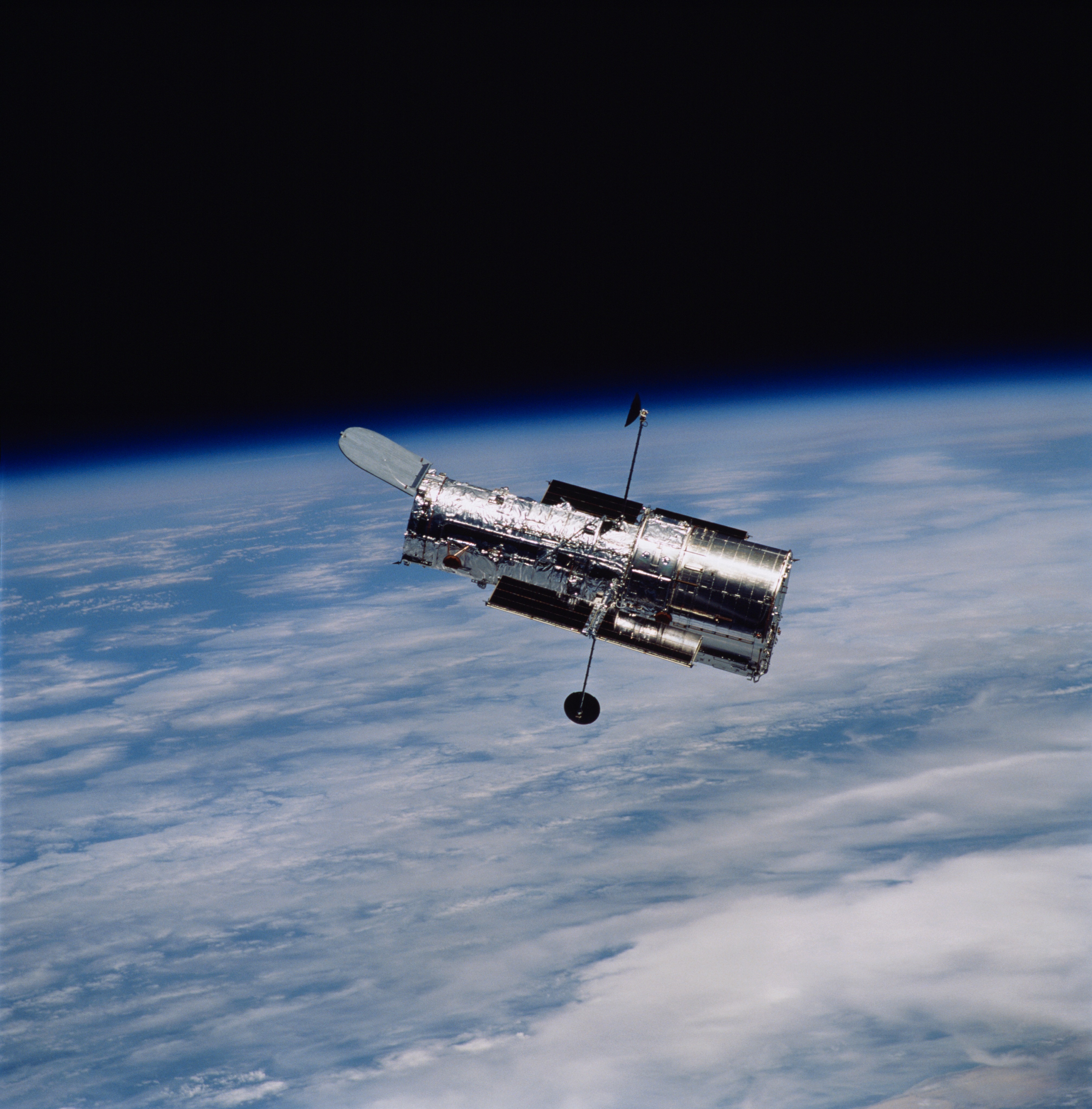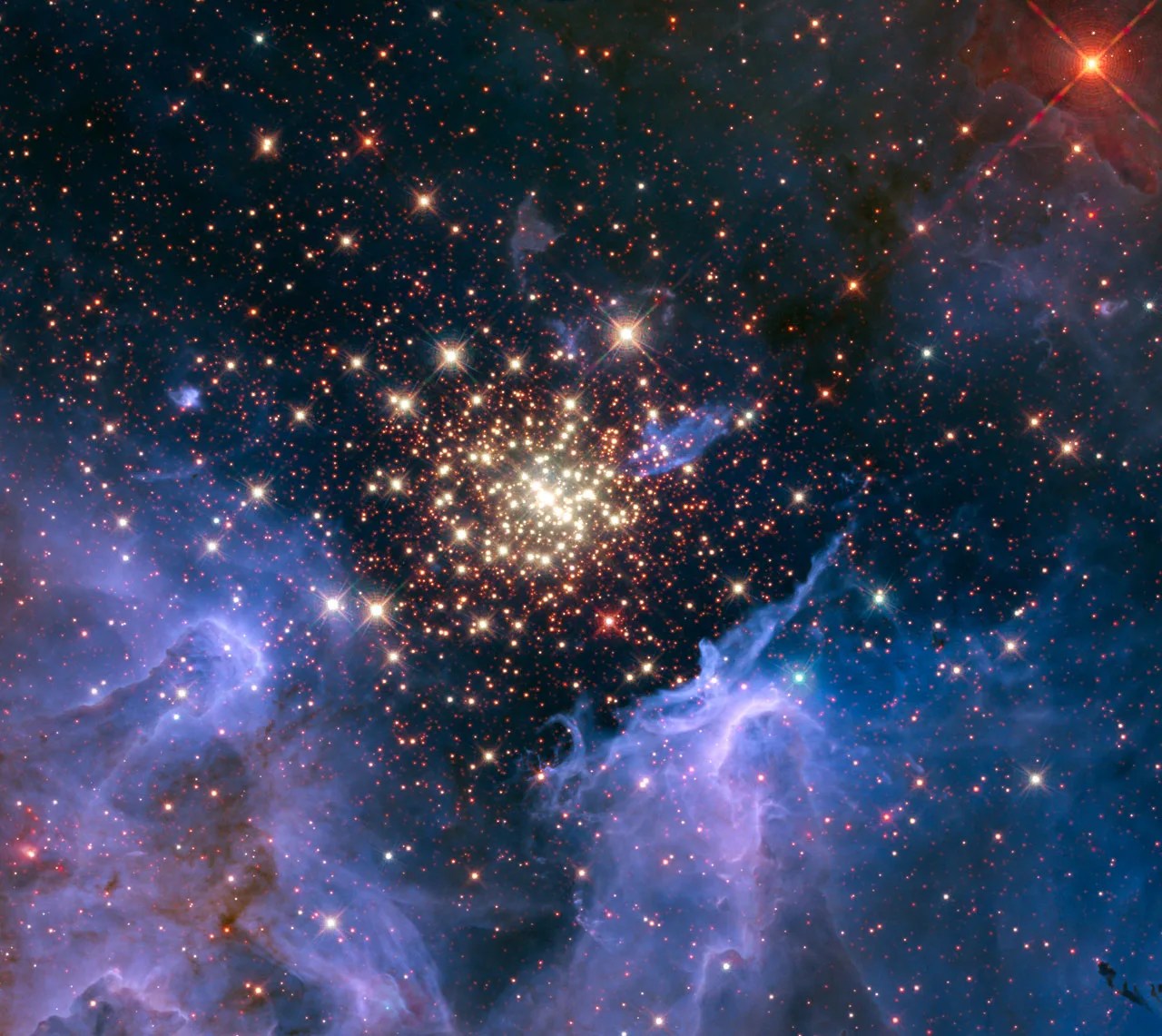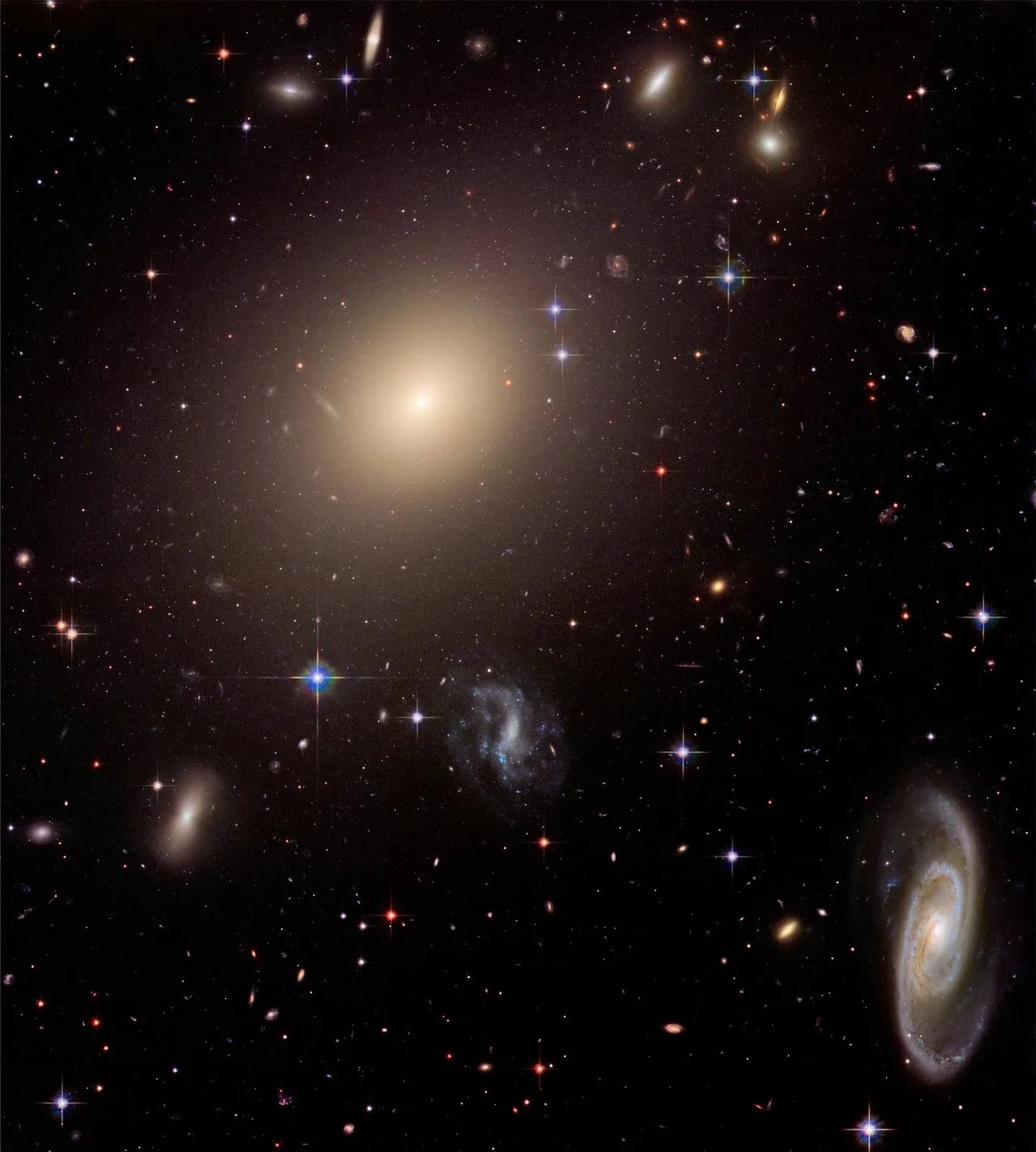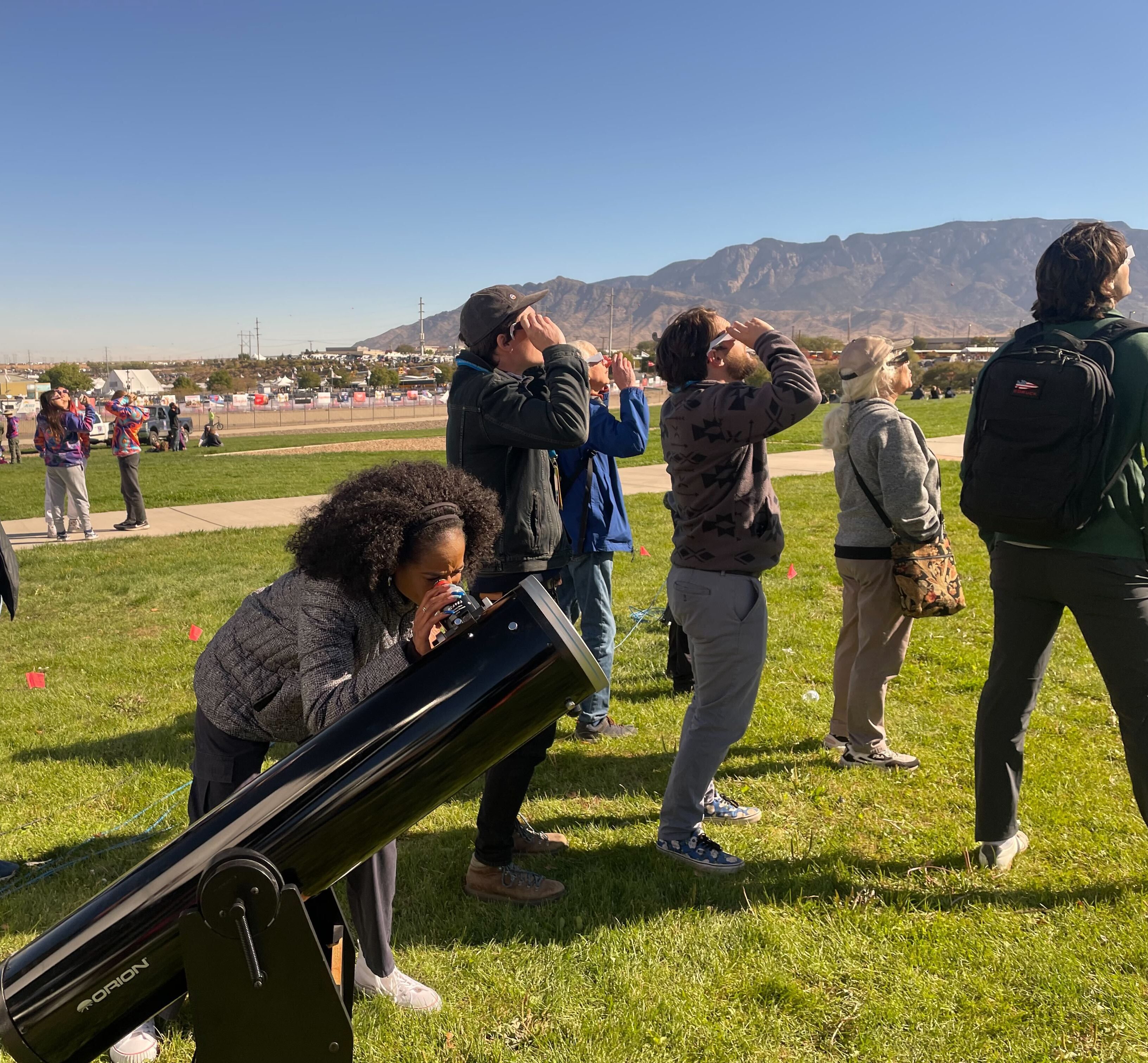4 min read
It takes two to tango, but in the case of brown dwarfs that were once paired as binary systems, that relationship doesn't last for very long, according to a recent survey from NASA's Hubble Space Telescope.
Brown dwarfs are interstellar objects generally more massive than Jupiter but less massive than the lowest-mass stars.* They are born like stars – out of a cloud of gas and dust that collapses – but do not have enough mass to sustain the fusion of hydrogen like a normal star.
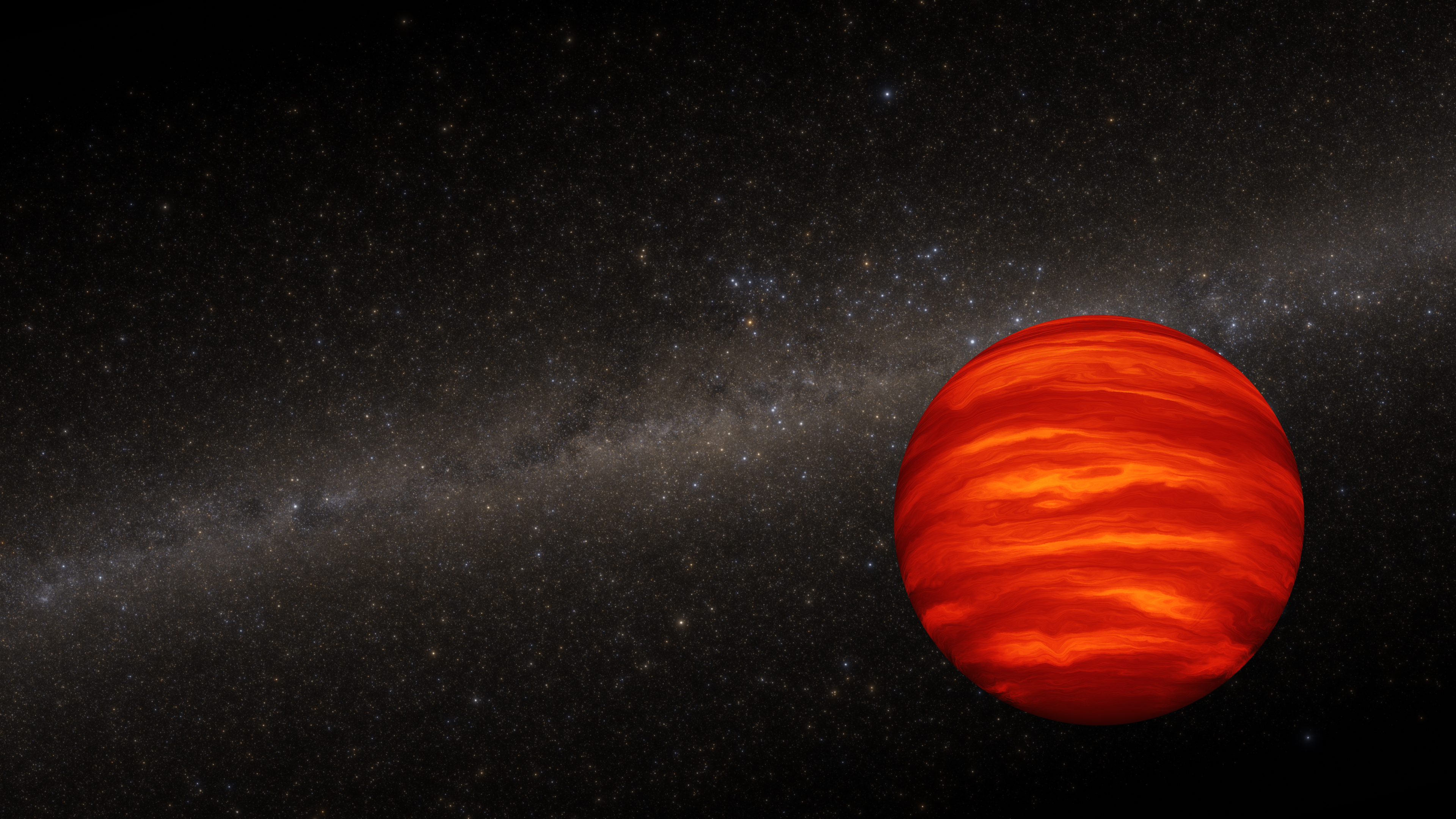
Astronomers using Hubble confirm that companions are extremely rare around the lowest-mass and coldest brown dwarfs. Hubble can detect binaries as close to each other as a 300-million-mile separation – the approximate separation between our Sun and the asteroid belt. But they didn't find any binary pairs in a sample of brown dwarfs in the solar neighborhood. This implies that a binary pair of dwarfs is so weakly linked by gravity that they drift apart over a few hundred million years due to the pull of bypassing stars.
"Our survey confirms that widely separated companions are extremely rare among the lowest-mass and coldest isolated brown dwarfs, even though binary brown dwarfs are observed at younger ages. This suggests that such systems do not survive over time," said lead author Clémence Fontanive of the Trottier Institute for Research on Exoplanets, Université de Montréal, Canada.
In a similar survey Fontanive conducted a couple of years ago, Hubble looked at extremely young brown dwarfs and some had binary companions, confirming that star-forming mechanisms do produce binary pairs among low-mass brown dwarfs. The lack of binary companions for older brown dwarfs suggests that some may have started out as binaries, but parted ways over time.
The new Hubble findings, published in The Monthly Notices of the Royal Astronomical Society, further support the theory that brown dwarfs are born the same way as stars, through the gravitational collapse of a cloud of molecular hydrogen. The difference being that they do not have enough mass to sustain nuclear fusion of hydrogen for generating energy, whereas stars do. More than half of the stars in our galaxy have a companion star that resulted from these formation processes, with more massive stars more commonly found in binary systems. "The motivation for the study was really to see how low in mass the trends seen among multiple stars systems hold up," said Fontanive.
"Our Hubble survey offers direct evidence that these binaries that we observe when they're young are unlikely to survive to old ages, they're likely going to get disrupted. When they're young, they're part of a molecular cloud, and then as they age the cloud disperses. As that happens, things start moving around and stars pass by each other. Because brown dwarfs are so light, the gravitational hold tying wide binary pairs is very weak, and bypassing stars can easily tear these binaries apart," said Fontanive.
The team selected a sample of brown dwarfs previously identified by NASA's Wide-Field Infrared Survey Explorer. It sampled some of the coldest and lowest-mass old brown dwarfs in the solar neighborhood. These old brown dwarfs are so cool (a few hundred degrees warmer than Jupiter in most cases) that their atmospheres contain water vapor that condensed out.
To find the coolest companions, the team used two different near-infrared filters, one in which cold brown dwarfs are bright, and another covering specific wavelengths where they appear very faint due to water absorption in their atmospheres.
"This is the best observational evidence to date that brown dwarf pairs drift apart over time," said Fontanive. "We could not have done this kind of survey and confirmed earlier models without Hubble's sharp vision and sensitivity."
The Hubble Space Telescope has been operating for over three decades and continues to make ground-breaking discoveries that shape our fundamental understanding of the universe. Hubble is a project of international cooperation between NASA and ESA (European Space Agency). NASA's Goddard Space Flight Center in Greenbelt, Maryland, manages the telescope. Goddard also conducts mission operations with Lockheed Martin Space based in Denver, Colorado. The Space Telescope Science Institute in Baltimore, Maryland, which is operated by the Association of Universities for Research in Astronomy, conducts Hubble science operations for NASA.
* This sentence was edited after publication to more precisely convey the relative sizes of brown dwarfs.
Media Contacts:
Claire Andreoli
NASA's Goddard Space Flight Center, Greenbelt, MD
claire.andreoli@nasa.gov
Ray Villard
Space Telescope Science Institute, Baltimore, MD
Science Contact:
Clémence Fontanive
Trottier Institute for Research on Exoplanets at Université de Montréal

